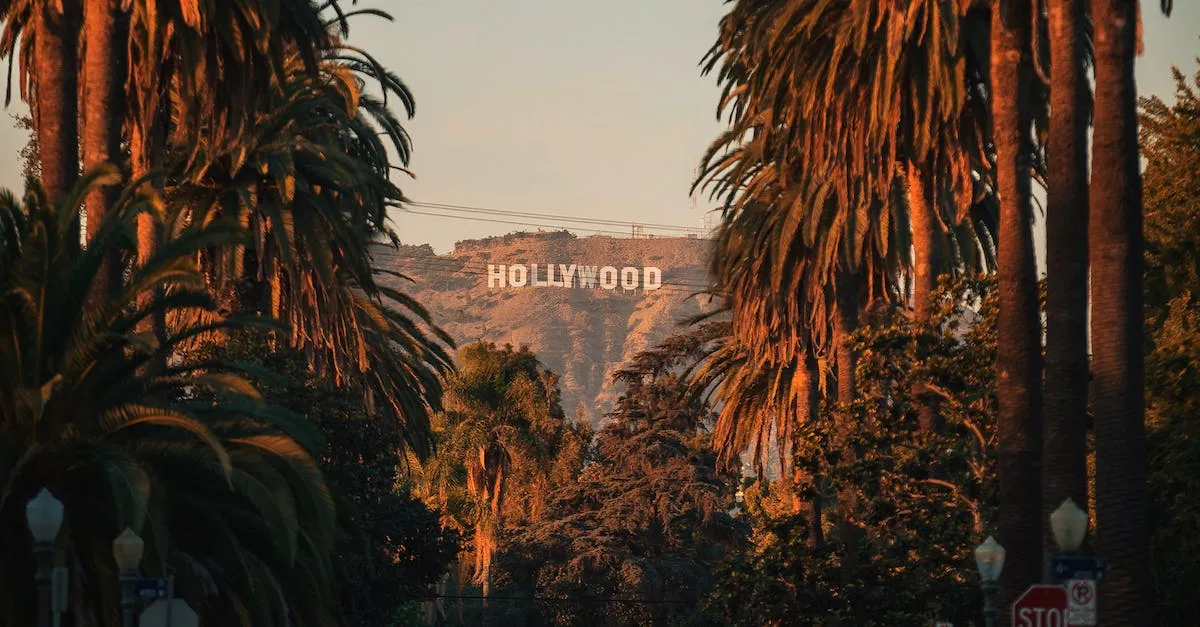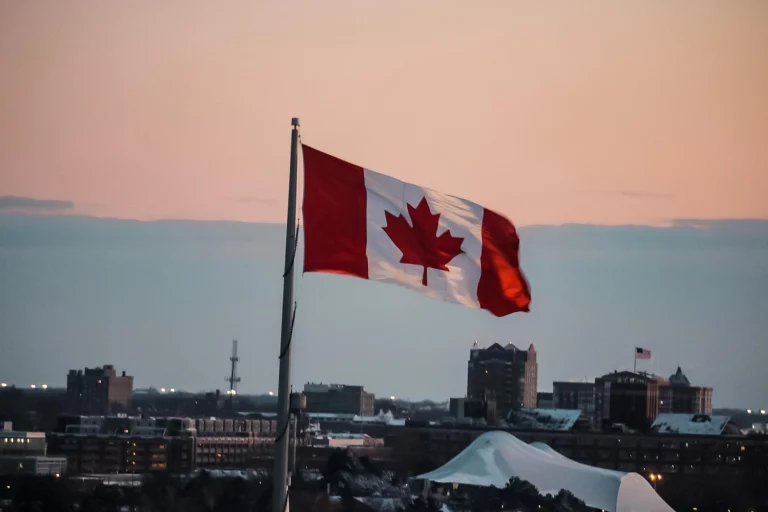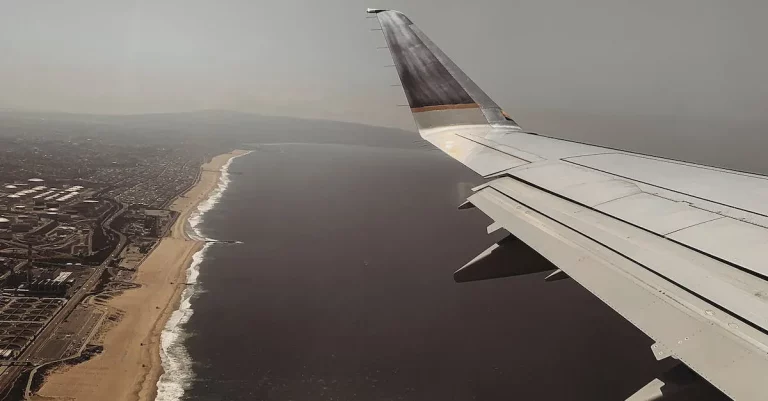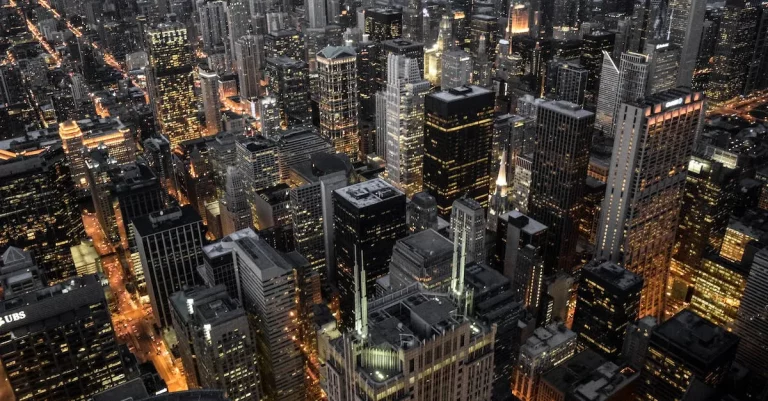Is Burbank In Los Angeles? A Detailed Look At The Relationship Between These Two Cities
If you’ve ever wondered about the connection between Burbank and Los Angeles, you’re not alone. Many people assume Burbank is just another neighborhood in LA, but the relationship is actually more complex. In this comprehensive guide, we’ll examine whether Burbank is technically within the city limits of Los Angeles, look at their shared history, and explore how the two cities function together in the greater LA metro area today.
If you’re short on time, here’s a quick answer: Burbank is an independent city that is not part of the city of Los Angeles. However, it is part of the larger Los Angeles metropolitan area.
Burbank’s City Status and Boundaries
Burbank is an independent municipality located in the state of California. It is not a neighborhood within Los Angeles, despite being in close proximity to the city. This distinction is important because Burbank operates as its own city with its own government and services.
Burbank is an Independent Municipality, Not a LA Neighborhood
Contrary to popular belief, Burbank is not just a neighborhood within Los Angeles. It is a separate city with its own unique characteristics. While it is true that Burbank is located within Los Angeles County, it functions as an independent entity with its own city council, police department, fire department, and other municipal services.
Being an independent municipality gives Burbank the ability to make decisions and implement policies that are specific to its community. This allows the city to address the needs and concerns of its residents in a more focused and efficient manner.
Burbank Has Its Own City Government and Services
Burbank has its own government structure that is responsible for overseeing the city’s operations. The city council, consisting of elected officials, makes decisions on behalf of the community and sets policies that shape the direction of the city.
In addition to its own government, Burbank also provides a wide range of services to its residents. These services include public safety, utilities, transportation, parks and recreation, and more. Having these services in place ensures that the needs of Burbank residents are met effectively and efficiently.
The Boundary Between Burbank and LA is Clearly Defined
The boundary between Burbank and Los Angeles is clearly defined, with physical markers and legal documents in place. This helps to avoid any confusion or misunderstanding about the jurisdiction of each city.
If you were to drive along the border of Burbank and Los Angeles, you would notice signage indicating the change in city limits. These markers serve as a clear indication of where one city ends and the other begins.
It’s important to note that although Burbank is a separate city, it is still part of the greater Los Angeles metropolitan area. This means that residents of Burbank can easily access the amenities and cultural offerings of Los Angeles, while still enjoying the benefits of living in their own distinct community.
For more information about the city of Burbank, you can visit the official Burbank city website at https://www.burbankca.gov/.
History of Burbank’s Development
Burbank, although often associated with Los Angeles, actually has its own unique history and development as a separate town. Let’s take a closer look at the interesting journey of Burbank’s growth and how it became an integral part of the greater Los Angeles area.
Burbank Was Founded As a Separate Town
Burbank was officially founded in 1887 by David Burbank, a dentist and entrepreneur. Initially, it was a small agricultural community with a focus on farming and ranching. However, its close proximity to Los Angeles made it an ideal location for growth and development.
As the town expanded, it began to attract residents looking for a quieter, suburban lifestyle away from the bustling city.
Throughout the early years, Burbank maintained its status as a separate entity from Los Angeles. It had its own local government, schools, and distinct community identity. This independence played a significant role in shaping Burbank’s unique character and development.
Burbank Thrived as an Independent Media Hub
One of the most significant turning points in Burbank’s history came in the early 20th century when the entertainment industry began to take root in the area. Burbank became a major hub for the film and television industry, with prominent studios such as Warner Bros., Disney, and NBC Universal establishing their headquarters there.
The presence of these studios brought a wave of economic growth and job opportunities to Burbank. The city’s independent status allowed it to build a reputation as a vibrant media center, attracting not only industry professionals but also tourists eager to catch a glimpse of their favorite stars and iconic filming locations.
Burbank Continued to Grow Independently of LA
As Burbank thrived as a media hub, it continued to grow and develop independently of Los Angeles. The city invested in infrastructure projects, educational institutions, and recreational facilities to cater to its expanding population.
Burbank’s commitment to providing quality amenities and services to its residents helped solidify its reputation as a desirable place to live.
Today, Burbank retains its own city government and maintains a distinct identity within the larger Los Angeles metropolitan area. While it is geographically surrounded by Los Angeles, Burbank has managed to preserve its unique charm and sense of community.
Residents and visitors alike continue to enjoy the city’s rich history, diverse culture, and thriving entertainment industry.
For more information about Burbank’s history and its relationship with Los Angeles, you can visit the official website of the City of Burbank and explore their historical archives.
Relationship Between Burbank and LA Today
Burbank and Los Angeles share a close and interconnected relationship, with strong ties in various aspects of their economies, transportation infrastructure, and collaboration on regional issues. Let’s take a closer look at how these two cities are intertwined:
Overlapping Economic Ties
Burbank, located just north of downtown Los Angeles, is home to several major entertainment and media companies, including Warner Bros. Entertainment, The Walt Disney Company, and Nickelodeon. These companies not only contribute significantly to Burbank’s economy but also have a significant impact on the wider Los Angeles economy.
The entertainment industry’s presence in Burbank has created numerous job opportunities and has helped establish the region as a global hub for film and television production.
Additionally, Burbank benefits from its proximity to Los Angeles International Airport (LAX), which serves as a major gateway for travelers and cargo. The airport’s presence contributes to the economic growth of both Burbank and Los Angeles, as it facilitates business travel, tourism, and the transportation of goods.
Furthermore, Burbank and Los Angeles have a strong symbiotic relationship in the tourism industry. Many visitors to Los Angeles choose to stay in Burbank due to its convenient location and access to attractions such as Universal Studios Hollywood.
This influx of tourists contributes to the local economy and helps support jobs in both cities.
Shared Transportation Infrastructure
The transportation infrastructure in Burbank and Los Angeles is closely interconnected, allowing for seamless travel between the two cities. The Burbank Bob Hope Airport (BUR) provides domestic and international flights, offering convenient access for travelers coming to or leaving from Los Angeles.
Moreover, Burbank is connected to Los Angeles via major highways, including Interstate 5 and State Route 134. These roadways facilitate the movement of people and goods between the two cities and contribute to the overall efficiency of transportation in the region.
Additionally, both cities are served by the Los Angeles Metro system. The Metro Red Line connects Burbank and downtown Los Angeles, providing an alternative mode of transportation for commuters and tourists.
Collaboration on Regional Issues
Burbank and Los Angeles collaborate on various regional issues to ensure the efficient functioning of the Greater Los Angeles area. This includes joint efforts in addressing transportation challenges, such as traffic congestion and improving public transportation options.
Furthermore, both cities work together to promote sustainable practices and environmental conservation. Burbank and Los Angeles share a commitment to reducing carbon emissions and implementing eco-friendly initiatives to create a greener future for the region.
Conclusion
In summary, while Burbank has developed in the shadow of Los Angeles over the past century, it has retained its identity as an independent city. The two municipalities work closely together as part of the LA metro region, but Burbank has its own civic administration and does not fall within LA’s city limits. So the next time someone refers to Burbank as part of Los Angeles, you’ll know the real story behind their distinct – yet interconnected – histories.








